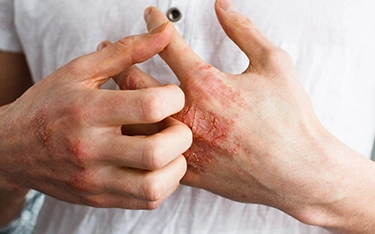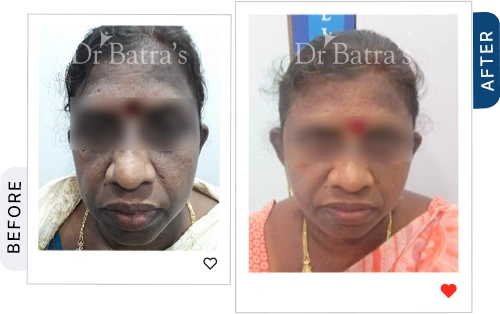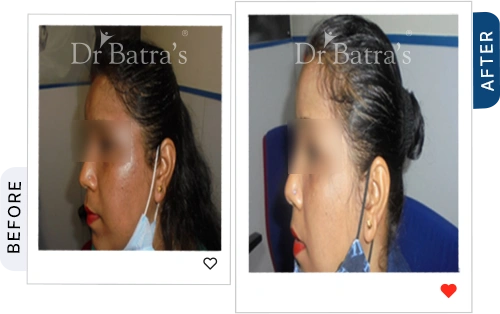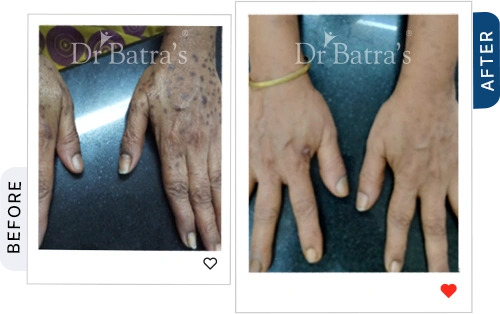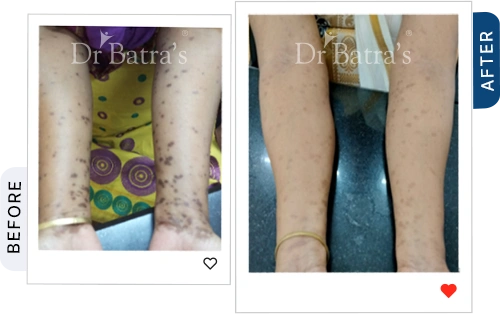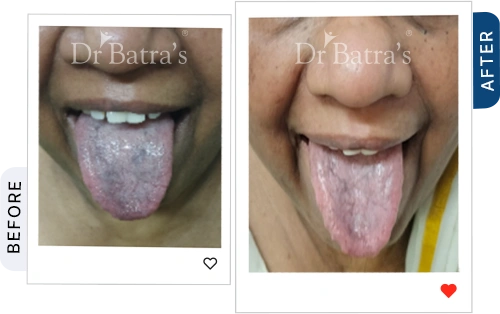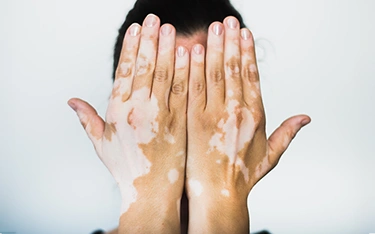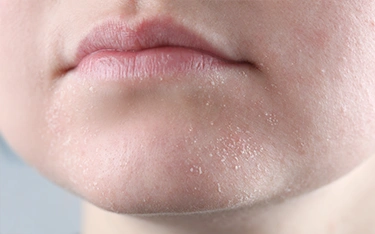FAQs
Yes, seborrheic dermatitis is considered a type of eczema, but it differs from atopic dermatitis in terms of causes and symptoms. It primarily affects oily areas of the skin and is associated with yeast overgrowth rather than immune dysfunction.
No, atopic dermatitis does not turn into seborrheic dermatitis. However, a person may have both conditions simultaneously, as they affect different areas and have different triggers.
Seborrheic dermatitis is a chronic condition that can persist for years with periods of flare-ups and remission. Proper treatment can help manage symptoms effectively.
The best treatment depends on the severity of the condition. Homeopathy, combined with proper skincare, antifungal medications for seborrheic dermatitis, and moisturizing creams for eczema, provides effective relief.
Yes, some people may experience both conditions at the same time, though they affect different skin areas and require different treatment approaches.
